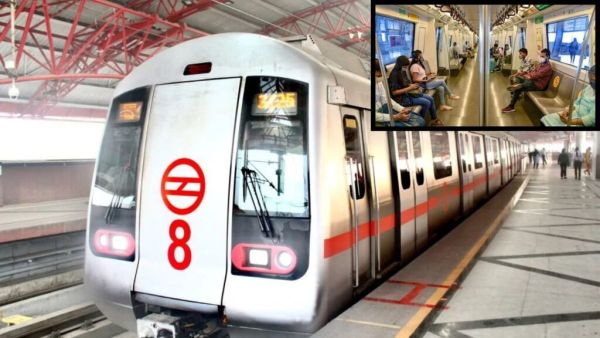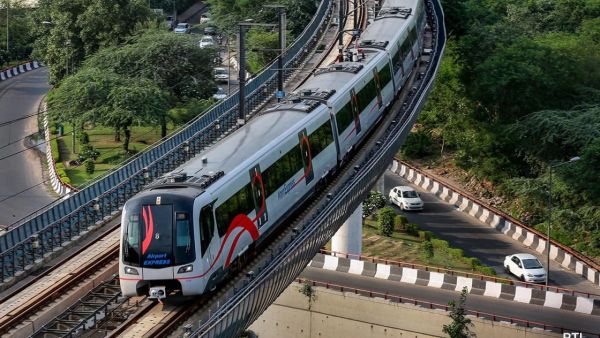
New Delhi: The Delhi Metro Rail Corporation (DMRC) is set to take another leap in modern urban mobility with the introduction of driverless train operations on its upcoming Phase-IV corridors. This ambitious move aims to enhance operational efficiency, improve passenger safety, and reduce human errors in one of the busiest metro networks in the world.
A senior DMRC official confirmed to Indian Express that the new Phase-IV lines will feature Unattended Train Operation (UTO) systems. “The upcoming Phase-IV will also feature driverless trains,” the official said, emphasizing DMRC’s commitment to technology-driven innovation.
Delhi Metro changes schedule for Vedanta Half Marathon; Click for details
This next phase of automation marks a significant step toward making Delhi Metro one of the most advanced and efficient mass transit systems globally. The technology is expected to provide greater operational flexibility, allowing trains to run with higher frequency and punctuality, especially during peak hours.
India’s first driverless metro train was inaugurated by Prime Minister Narendra Modi on December 28, 2020, on the Magenta Line (Janakpuri West–Botanical Garden). Since then, Delhi Metro has steadily expanded its UTO network.
Currently, 69 driverless trains are running on the Pink Line (Line-7) and Magenta Line (Line-8) of the network. Of these, 43 trains are deployed on the Pink Line, while 26 trains operate on the Magenta Line under the UTO system.
These fully automated trains are monitored and controlled through advanced signaling and control centres, ensuring safe and smooth operation without any onboard human intervention.
 Currently, 69 driverless trains are running on the Pink Line.
Currently, 69 driverless trains are running on the Pink Line.
With its push for automation, DMRC has joined an elite group of metro systems worldwide that operate large-scale driverless networks. The driverless technology has helped improve coach availability, streamline maintenance procedures, and reduce the workload on train operators.
Automation has eliminated the need for manual pre-service inspections, allowing DMRC to increase the number of trains available for daily operations. As a result, Delhi Metro has enhanced its reliability and service quality for millions of commuters.
Once the Phase-IV corridors are completed and driverless operations are extended to all new lines including the Aerocity- Tughlakabad Golden Line and the extensions of the Pink and Magenta Lines Delhi Metro will become the world’s second-largest driverless metro network, covering nearly 160 kilometers of fully automated corridors.
This achievement will place Delhi right behind the most technologically advanced metro systems globally, further consolidating its reputation as a leader in sustainable and smart urban transport.
The Phase-IV expansion includes three priority corridors:
Majlis Park to Maujpur (Pink Line extension)
Janakpuri West to RK Ashram Marg (Magenta Line extension)
Delhi Aerocity to Tughlakabad (Golden Line)
PM Modi inaugurates new Kolkata Metro routes to ease traffic woes
Additionally, three other corridors Inderlok to Indraprastha (Green Line), Lajpat Nagar to Saket G Block (Golden Line), and Rithala to Kundli (Red Line) are part of the broader Phase-IV plan.
By embracing driverless technology, DMRC is not just upgrading its infrastructure but also redefining urban mobility in India. With enhanced safety systems, real-time monitoring, and sustainable operations, Delhi Metro’s Phase-IV corridors promise a new era of intelligent, efficient, and environment-friendly transport for the national capital region.